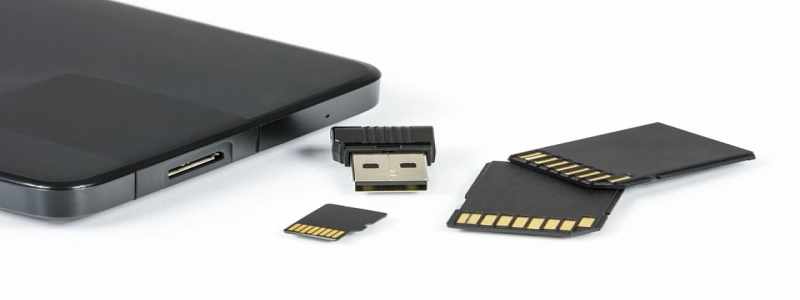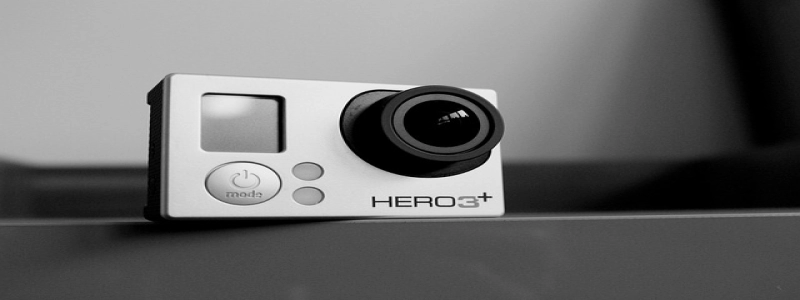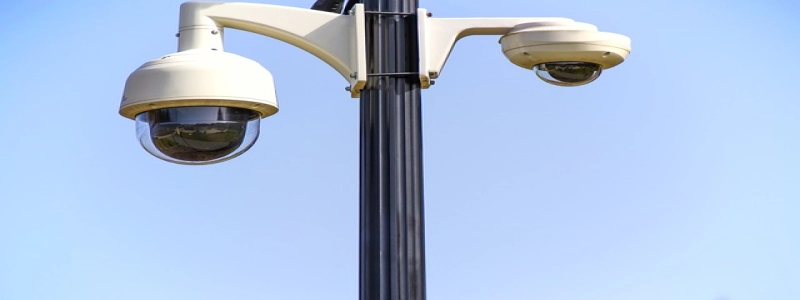Fiber Optic Cable Locator
1. Introduction
1.1 Importance of Fiber Optic Cable Locators
1.2 Purpose of the Article
2. Understanding Fiber Optic Cables
2.1 What are Fiber Optic Cables?
2.2 How do Fiber Optic Cables Work?
3. Need for Fiber Optic Cable Locators
3.1 Challenges in Locating Fiber Optic Cables
3.2 Importance of Accurate Cable Location
4. Features of Fiber Optic Cable Locators
4.1 Types of Cable Locators
4.2 Key Features to Look for in a Cable Locator
5. Functions and Benefits
5.1 Cable Tracing and Identification
5.2 Cable Damage Prevention
5.3 Time and Cost Efficiency
6. How to Use a Fiber Optic Cable Locator
6.1 Equipment Setup
6.2 Locating Procedure
7. Conclusion
7.1 Recap of Important Points
7.2 Importance of Efficient Fiber Optic Cable Locators
—
1. Introduction
1.1 Importance of Fiber Optic Cable Locators
Fiber optic cables play a crucial role in modern telecommunication systems, providing high-speed data transmission. Locating these cables accurately is essential during installation, maintenance, and repair processes. This article explores the significance of fiber optic cable locators in ensuring efficient and reliable connectivity.
1.2 Purpose of the Article
This article aims to provide a comprehensive understanding of fiber optic cable locators, their features, functions, and benefits. Additionally, it will guide readers on the proper usage of these locators, enabling them to effectively trace and locate fiber optic cables.
2. Understanding Fiber Optic Cables
2.1 What are Fiber Optic Cables?
Fiber optic cables are composed of thin strands of glass or plastic, capable of transmitting data as pulses of light. These cables offer numerous advantages over traditional copper cables, such as faster data transfer rates, longer distances without signal degradation, and immunity to electromagnetic interference.
2.2 How do Fiber Optic Cables Work?
Fiber optic cables consist of a core, cladding, and protective jacket. The core carries the light signals, while the cladding reflects the light back into the core, ensuring minimal signal loss. This mechanism allows for the efficient transmission of data through the cable.
3. Need for Fiber Optic Cable Locators
3.1 Challenges in Locating Fiber Optic Cables
Fiber optic cables are often buried underground or hidden within walls and conduits, making their precise location difficult to determine. Traditional cable locators designed for metallic cables are ineffective in locating fiber optic cables due to their non-conductive nature.
3.2 Importance of Accurate Cable Location
Accurately locating fiber optic cables is crucial to avoid accidental damage during excavation or construction activities. It helps prevent costly downtime and enables swift repairs when faults occur.
4. Features of Fiber Optic Cable Locators
4.1 Types of Cable Locators
Fiber optic cable locators are available in different types, including portable handheld devices and more advanced ground-penetrating radar systems. The choice of locator depends on the specific requirements of the project.
4.2 Key Features to Look for in a Cable Locator
When selecting a fiber optic cable locator, important features to consider include signal strength indicators, depth measurement capabilities, compatibility with different cable types, and ease of use.
5. Functions and Benefits
5.1 Cable Tracing and Identification
Fiber optic cable locators can accurately trace and identify underground or hidden cables. These locators emit specific signals that are detected by the fiber optic cable, enabling precise cable tracking and identification.
5.2 Cable Damage Prevention
By accurately locating fiber optic cables, the risk of accidental damage during excavation or construction activities is significantly reduced. This prevents disruptions to communication networks and decreases repair costs.
5.3 Time and Cost Efficiency
Efficient cable location reduces the time required for maintenance and repair tasks. This translates into cost savings for both service providers and customers, as downtime is minimized.
6. How to Use a Fiber Optic Cable Locator
6.1 Equipment Setup
Before using a fiber optic cable locator, ensure proper calibration and familiarize yourself with the device’s features. Connect the locator to a power source and adjust the settings based on the cable type to be located.
6.2 Locating Procedure
Begin by scanning the desired area to identify possible cable paths. Follow the audio and visual cues provided by the locator, gradually narrowing down the location. Once the cable is detected, mark the spot for future reference or repair.
7. Conclusion
7.1 Recap of Important Points
Fiber optic cable locators are vital tools for accurately tracing and locating fiber optic cables. They ensure efficient installation, maintenance, and repair processes, reducing downtime and avoiding costly damages.
7.2 Importance of Efficient Fiber Optic Cable Locators
In the ever-growing world of telecommunication, where fiber optic networks are becoming increasingly prevalent, efficient cable locators are essential. By investing in high-quality locators, professionals can ensure reliable connectivity and minimize disruptions to communication networks.







